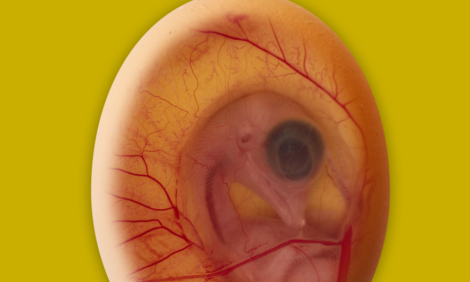



EU Commits Millions to Combat Animal Diseases in 2016
EU - The EU has committed close to €161 million to support eradication, control and surveillance programmes that aim to eliminate animal diseases and zoonoses as well as further strengthen the protection of human and animal health.Given the serious impact that animal disease outbreaks can have on human health, but also on economy and trade, the allocation of EU co-financing will continue to assist national authorities in putting in place precautionary measures, disease surveillance and eradication programmes, at national and European level.
Overall, 130 programmes have been selected for EU funding under the Regulation 652/2014 on the management of the expenditure in the food safety area.
Bovine Tuberculosis (about €62 million); Transmissible Spongiform Encephalopathies (about €12 million); Rabies (€26 million); Salmonellosis (about €17 million); Bovine Brucellosis (about €10 million); Classical Swine Fever (€2,500 million); Avian Influenza (€2 million).
Compared to 2015, an increased amount (7 million) has been allocated in 2016 for the implementation of eradication and control of African Swine Fever programmes, mainly in the 4 Member States where the disease has occurred in 2013.
Compared to 2015, an increased amount (€7 million) has been allocated in 2016 for the implementation of eradication and control of African Swine Fever programmes, mainly in the 4 Member States where the disease has occurred in 2013.
EU co-financing has resulted in a continuous improvement of the animal health and also a decrease in the number of human cases of various zoonotic diseases, such as Salmonellosis (from 151.292 cases in 2007 to 80.677 cases in 2014). Similar success was noted also for Brucellosis and other zoonotic diseases.
The co-funded programmes for oral vaccination against Rabies in wild animals have been very successful with the EU achieving a level of Rabies eradication that has never been experienced anywhere else before. The total number of Rabies cases at EU level in wild animals decreased significantly, from 814 in 2007 cases to just 216 cases in 2014 with very few human cases reported.








